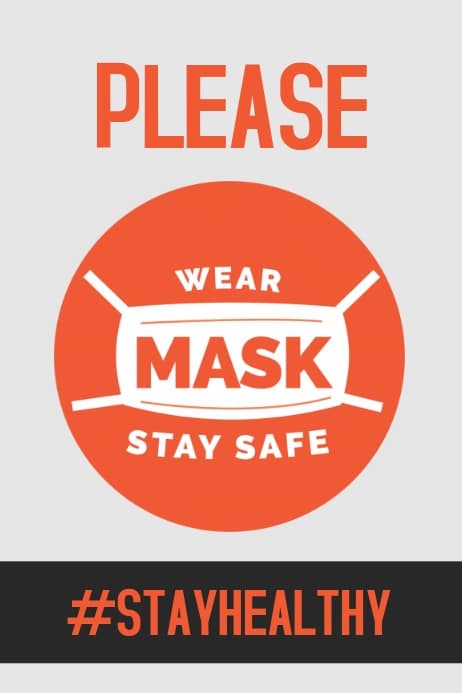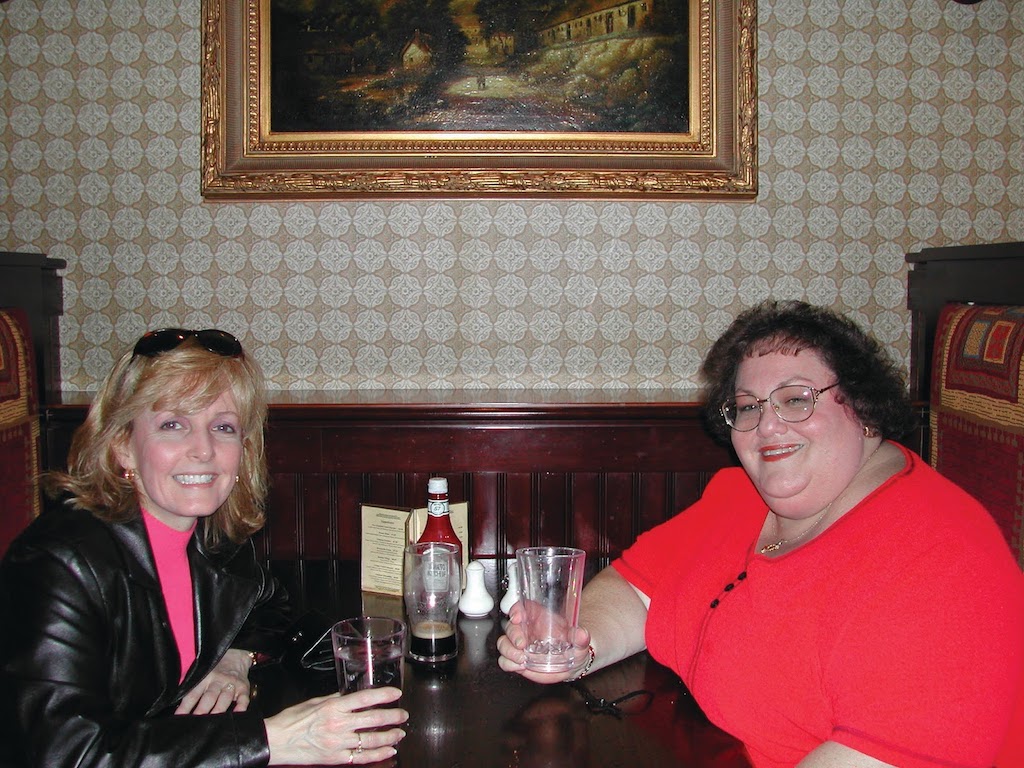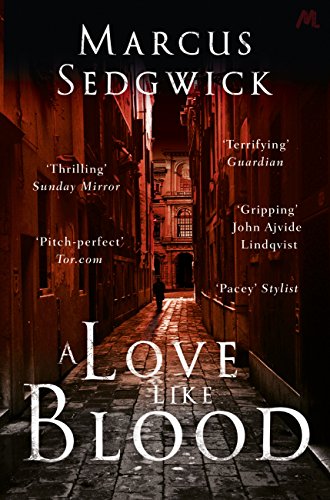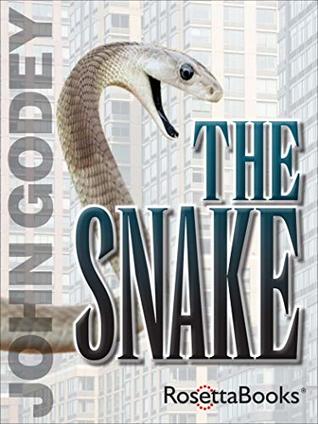Letter to The NonMask Wearers
This letter was submitted to us by a member of the hemophilia community, who wishes to remain anonymous. We promised to print it, and we offer our deepest condolences on her loss.
Dear non-mask wearers,
You know that the government of New Mexico mandated that we need to wear masks for a reason. The reason is to protect not only you but your family as well.
To the rebel who decided that it was not important to wear a mask and that it was okay to put other families at risk, you tore apart MY family. My dad, who had moderate to severe hemophilia A, contracted COVID-19, and despite the many trials and tribulations that he went through he was not able to overcome it.

His parents were told that he was not going to live past being a teenager. He defied all odds and lived to be 61. He had a lot of problems in his life, but overcame those as well. He had blood transfusions which gave him HIV and hepatitis C. He was able to beat both of those. He was able to get HIV and hepatitis C to an undetectable level. He also was able to raise his only child, me, pretty much by himself. He was able to meet his grandchildren and play a big part in their lives.
He became sick with bronchitis for some time and then had an allergic reaction to one of the antibiotics. He went to the hospital for extreme pain in his leg due to the antibiotic. They tested him for COVID-19, and he tested positive. He was life-flighted to a different hospital and put in the ICU. While in the hospital, they did a CT scan and found that he had two bleeds, one in his back and one in his leg. Later, he was also diagnosed with bleeding in the belly by venous bleeds which were really hard to contain. He continued to bleed so much that medics gave him six units of blood. He got to the point where he was combative because of him being in so much pain that he refuses to let anyone touch him. I remember how I use to have to tiptoe around the house because he would have a bleed and the vibrations would just hurt him so bad. He was placed on a ventilator and lapsed into a coma. His body just eventually gave out on him.

Due to COVID-19, I was unable to see him in the hospital, but I was able to talk to him on the phone. I have to say this was maybe the hardest part in my whole life because I was unable to see him in person. I never realized how important that last moment was to be able to see them and be able to tell him how important and loved he really was. Growing up, we did not say that we loved each other very much. I just wish that one last time I would be able to hold his hand, tell him that I love him, and to be able to kiss him on his cheek.
This is what you risk when you do not wear a mask. You not only don’t protect yourself, but you risk infecting other families as well. My dad was too young to die but because someone who was so inconsiderate to not wear a mask got my dad sick, and he died.
Sincerely,
A grieving daughter








